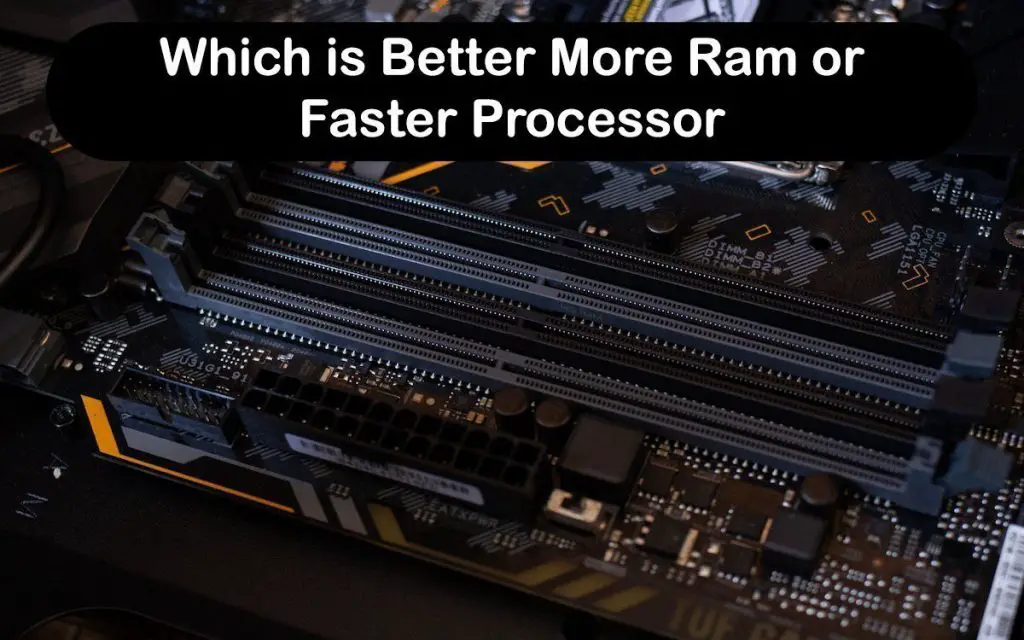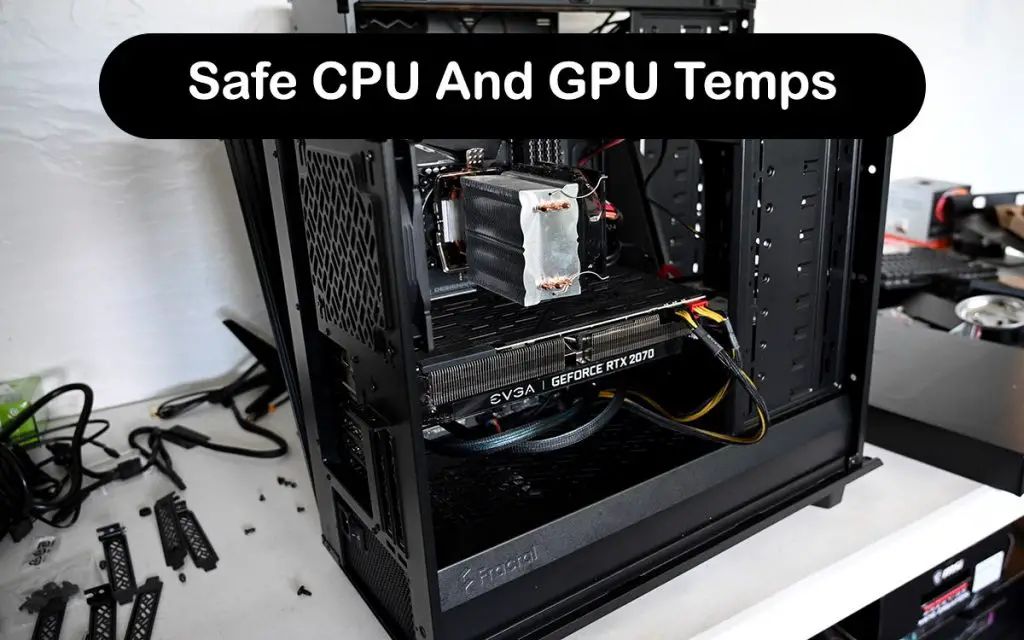Thermal paste is an indispensable part of your computer. Your CPU will overheat and shut down in a few seconds if you do not have any thermal paste between it and the heatsink. So, do you need thermal paste for new CPU?
Yes, you always need to apply thermal paste when installing a new CPU. However, that does not mean that you must buy new thermal paste when buying parts for a new computer. If you are buying an aftermarket cooler, it will come with thermal paste. More often than not, it will even be pre-applied for you. And the same goes for your CPU.
If you just bought a new CPU but completely forgot to buy some thermal paste as well, do not worry. Your CPU will come with a CPU cooler in the box. That is why the box is so big for CPUs in the first place. All new CPUs come with CPU coolers that have pre-applied thermal paste on them. All you have to do is be very careful not to touch it when installing it for the first time. But do you need thermal paste for new CPU if you have the stock cooler?
If you have already bought some good thermal paste and did not know that your CPU cooler already comes with thermal paste, do not worry. You did not waste your money. On the contrary, you should remove the pre-applied thermal paste and use the one you bought if it is a high-quality compound. Most pre-applied thermal pastes are slightly worse than the high-quality stuff that comes from reputable brands, such as Arctic and Thermal Grizzly.
If you wish to learn more about, “Do you need thermal paste for new CPU?” then keep on reading. You might wonder if you can use something else instead of thermal paste and how much you need to apply. You also want to know if you can apply a new thermal paste on top of the old one. All of that and more will be answered in detail below.
Do You Need Thermal Paste For New CPU?
All CPUs need thermal paste. Thermal paste, also known as a thermal compound, is a thick, viscous paste that goes between your CPU and heatsink. It ensures that the two have proper thermal contact. When you use your computer, your CPU heats up quite a bit. The heatsink takes that heat from the CPU and disperses it. The fans on the heatsink dissipate the heat away from the heatsink. The role of thermal paste is to make sure that the contact between the CPU and heatsink is as good as it can be. Do you need thermal paste for new CPU if it has preapplied compound?
If you upgrade your CPU cooler, you will see an immediate difference in temperatures and probably performance as well. The same goes for your thermal compound. Both are one of the cheapest upgrades that are not something that you should ignore. The better you cool your CPU, the longer it will last and the better it will work. Even high-end thermal paste is very cheap and affordable. You do not need to buy something extremely expensive to see a significant difference. Just make sure to check benchmarks for the thermal paste you are interested in and compare it to others that are around the same price point.
In general, expect to pay around $10 for good thermal compound. You can use it five to six times on average, which means around $2 per application. That is a low price to pay for a 5-8°C temp difference. So, do you need thermal paste for new CPU? Yes, you always need to apply thermal paste before installing the heatsink. Otherwise, your CPU will overheat and shut down or even get permanently damaged.
Do you need thermal paste for new CPU if you want to buy a new aftermarket cooler? Aftermarket coolers, just like stock coolers, come with pre applied thermal paste or you get a small amount for one application inside the packaging. This is usually a cheap thermal paste that you should not even bother using, but it will vary from cooler to cooler. Brands such as Noctua ship their aftermarket coolers with their high-end thermal paste.
But cheaper CPU coolers, like the Cooler Master Hyper 212 Evo, ship with generic thermal paste. Your CPU will not get fried if you use it, but it is a cheap and recommended upgrade to buy good paste anyways. Some people claim that the difference between a good-quality thermal paste and a cheap generic one is only a few degrees, but it is not the case. You may see a difference of up to 5°C between the included generic paste and something more expensive.
Is Thermal Paste Necessary For CPU?
Do you need thermal paste for new CPU? Yes, thermal paste is crucial and required for your CPU to be cooled. You might wonder if you can use something like toothpaste to cool your CPU instead. It is very dangerous to use compounds that are not specially designed to be used as thermal paste. People have tested ridiculous things over the past years, such as Nutella and mayonnaise, but that was only for giggles.
You should never try to apply a heatsink without proper thermal paste. You also want to have enough thermal paste. Too little or too much of it is just as bad as no thermal paste at all. Every time you remove your CPU heatsink, you will need to reapply thermal paste.
Is Too Much Thermal Paste Bad?
Using too much thermal paste is almost as bad as no thermal paste at all. If you are using electrically conductive thermal paste you are very likely to damage your CPU and motherboard. You have to be extremely careful with that. This is why conductive thermal paste is advised against for beginners. You should only buy conductive paste if you know what you are doing.
Now, when it comes to non-conductive thermal pastes, applying too much is much less dangerous. What it can do is overheat your CPU. If there is too much of it oozing on the edge, it will act as an insulator. That will result in the CPU overheating. Overheating is what can cause damage to your CPU if you do not do anything about it. If you applied too much, you do not have to start over. Simply take a cloth or paper towel and wipe the excess off from the edges. Try not to touch the middle as it might introduce dust and lower efficiency.
Can I Run A CPU Without Thermal Paste?
No, you cannot run a CPU without thermal paste. You are risking serious damage if you try to do so. It does not matter how big your heatsink is, your CPU will always overheat in a few seconds. This is because metal on metal makes very poor contact and there is no thermal conductivity happening between the two pieces. Liquids are amazing at transferring heat, which is why thermal pastes are used. There are also thermal pads but they are significantly worse. Laws of physics go in the favor of pastes, especially for CPU-to-heatsink applications. Thermal pads are good for memory chips, though.
Should I Clean Off Old Thermal Paste?
You should always clean off old thermal paste before applying new paste. Applying new paste on top of the old dry one will create a mess and it will be as if you did not even apply paste. Also, if you already had the right amount of paste on the CPU, adding even more paste will be too much. As mentioned previously, too much paste is almost as bad as no paste at all.
To clean off the old thermal paste, you want to use a piece of cloth or paper. Many professionals recommend using isopropyl or rubbing alcohol to recommend the old paste, but you can probably clean it just fine without using any. Do not use water as even the smallest drop can kill a component inside your computer. Use as many pieces of tissue as you need. Make sure to clean both the CPU and the heatsink before applying the new thermal compound.
Conclusion
So, do you need thermal paste for new CPU? Yes, you always need to have thermal paste between your CPU and heatsink. Thermal paste is an essential part that cannot be omitted when building a computer. But do you need thermal paste for new CPU if you already bought an aftermarket cooler or plan to use the stock cooler that comes in the box? In such situations, the thermal paste will be preapplied or included in the box with the cooler.
If you want to upgrade your thermals, you can always buy high-end thermal paste that is better than the included stuff. If you are planning to reapply your thermal paste, make sure that you have thoroughly cleaned both the CPU and the heatsink using a piece of cloth or paper with an optional drop of isopropyl or rubbing alcohol. Do not run your CPU without thermal paste. You are risking doing damage from overheating and it does not matter how big your CPU cooler is if you did not apply thermal paste.





